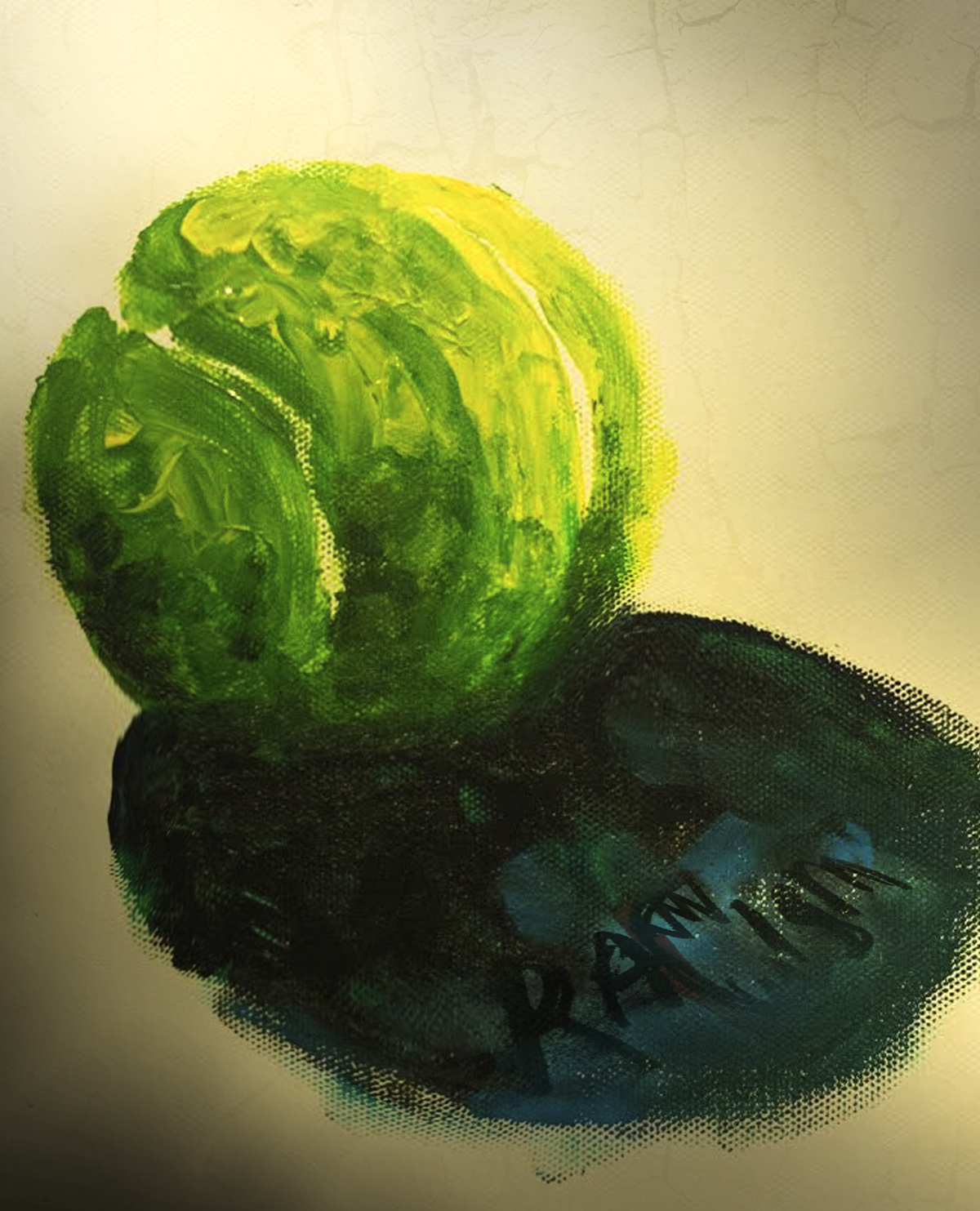In sports, generational players refers to those who are so talented and so impactful that their dominance and contributions to the sport will be felt years after they retire. Serena Williams is one of these players. Unfortunately, her accomplishments have been overshadowed by institutionalized racism within the tennis industry.
On February 4, Williams announced that she would be ending her 14-year boycott of the Indian Wells tournament. In 2001, Williams was attacked by boos and racial slurs when walking onto the court, whereafter she pulled out of the tournament. Unfortunately, this was not an isolated incident. In 2007, while at the Sony Ericsson Open, Willams again faced racial slurs. This time at least, the ‘fan’ was removed. This is harmful and disgusting behaviour, prevalent in many places, but especially in tennis. In 2014, the president of the Russian Tennis Federation, Shamil Tarpischev, referred to the Williams sisters as the “Williams brothers” while comparing them to Russian players, who he described as “elegant and beautiful.” He continued by joking about their size, saying that when they pass by, “remains in their shadow for forty seconds.” Tarpischev’s remarks use the Williams sisters bodies’ as the butt of a joke that plays into racialized stereotypes. Serena Williams responded by condemning his remarks as racist and sexist, and he was later fined and banned for 12 months by the Women’s Tennis Association.
Racially motivated jokes such as these are not uncommon. In 2012, Caroline Wozniacki decided it would be funny to impersonate Williams by stuffing her front and behind with towels. Some have defended this as ‘innocent fun,’ that the two are ‘friends’ and it was ‘only a joke.’ However, as Dominique an editor at the feminist writers’ collective Disrupt Dinner Parties pointed out on Twitter, Wozniacki’s actions were merely an “old racist trope about our supposed hypersexuality and sexual abnormality.” In tennis, a historically white, upper-class sport, black bodies are under constant criticism.
The hypersexualization of women of colour has existed throughout history, and women of colour are still stigmatized for not having bodies that adhere to the Western construct of beauty. The tennis community is not an exception. The Williams Sisters, have felt the brunt of this racism due to their high status within the sport–but in no way is it limited to them. Taylor Townsend, another tennis player of colour, is the number one-ranked junior player in the world. At the age of 15, she secured wins at the Australian Open and Wimbledon, making her the next budding superstar of the sport. However, despite all of her accomplishments, the United States Tennis Association (USTA) refused to fund Townsend until she lost weight. Townsend is the most dominant player in junior tennis, but still, the only thing the USTA is concerned with revolves around her appearance. This is because it doesn’t fit into the dominant mold of what a tennis player looks like, which is a thin, white woman. This is a problem that Williams has had to battle as well. “As a black tennis player, I looked different. I sounded different. I dressed differently. I served differently. But when I stepped onto the court, I could compete with anyone’ Williams said. Sports should be a place where one is valued solely on their ability; tennis has yet to achieve this.
This discrimination stems from the sport’s long history of racism, which it has yet to confront. In the 1960s, Alabama only had three tennis courts that were open to people of colour, while 119 were open to white people. This statistic marks a nationwide trend. Though courts have since been desegregated racist microaggressions are still all-too-common. For example, this exists in the way that sports commentators talk about William’s games. She is described as lacking strategy and being overly aggressive by commentators. Crunktastic, a blogger for Crunk Femmisnim, says the result is the media painting her as a “hypermasculine, ‘unattractive’ [woman] overpowering dainty, white female tennis players.”
Williams, currently ranked as the best tennis player in the world, still has yet to receive the same level of respect that white players in her position have been afforded.
Williams has won 19 grand slams, and it is likely that Townsend will follow in her footsteps.However this sucsee does not mean they will not face institutionalized racism. Which is not only damaging to them as individuals, but also to the sport. It serves to uphold the racist divide in tennis that fosters a harmful environment to play in.
As the Serena Williams are set to make their return to the Indiana Wells tournament, it is clear that it is still important to question the racist structures still in place in tennis today. There is no place for racism in sport, and although some changes have been implemented, it is not enough to solve the problem.
